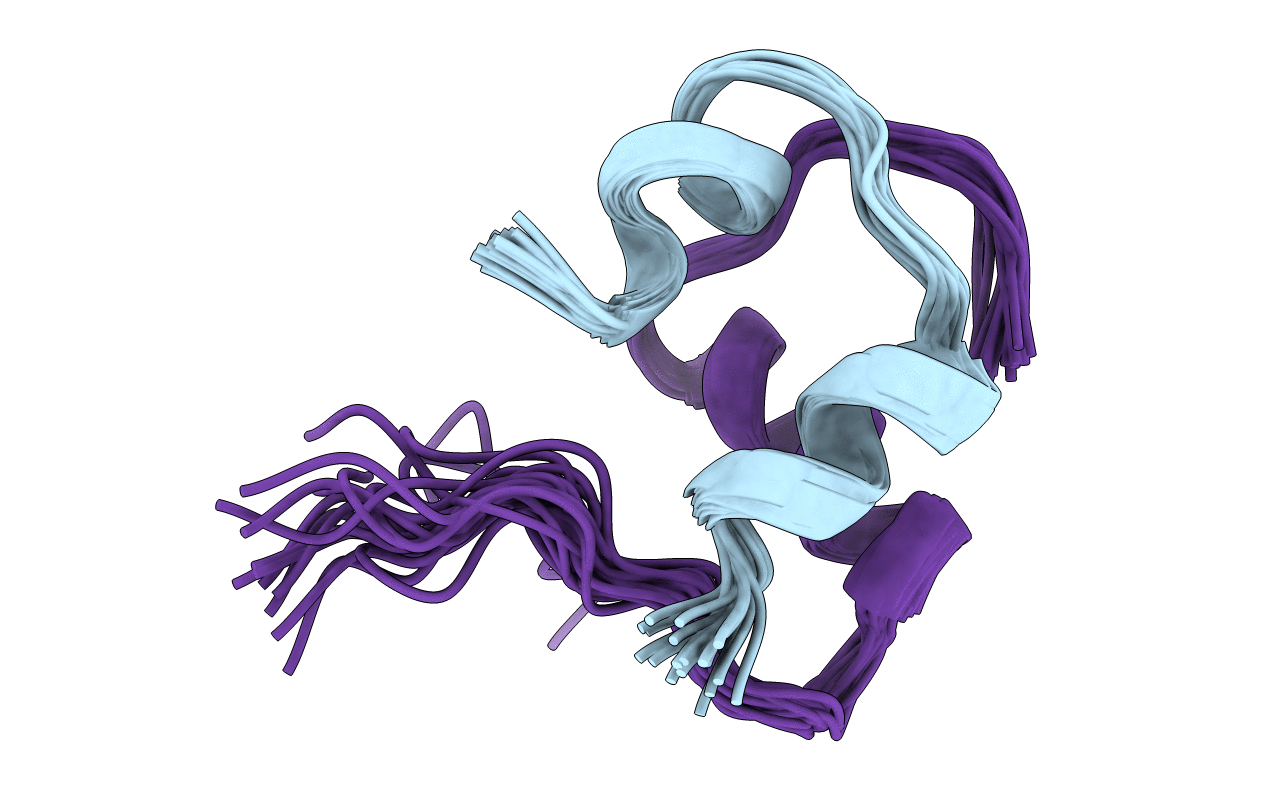
Deposition Date
2008-09-29
Release Date
2008-11-18
Last Version Date
2024-11-20
Method Details:
Experimental Method:
Conformers Calculated:
40
Conformers Submitted:
20
Selection Criteria:
structures with the lowest energy


